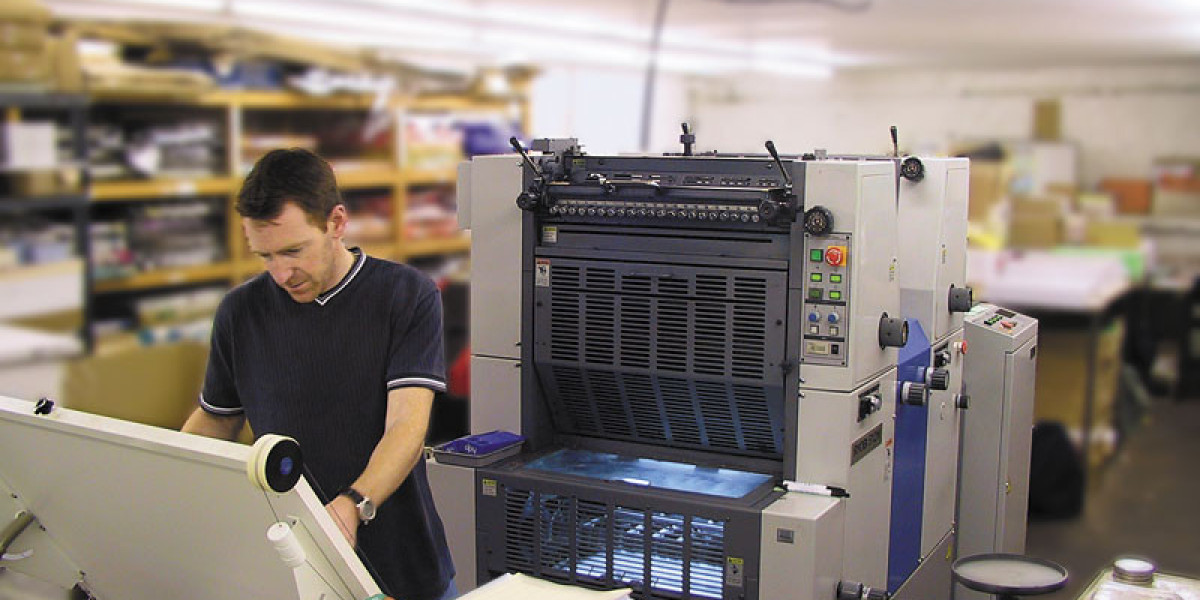What is Lithography Printing?
Lithography printing is a widely used printing technique that relies on the principle that oil and water do not mix. This method has revolutionized the printing industry, offering high-quality prints with excellent detail and accuracy. Originally invented in the late 18th century, lithography has evolved into various forms, including offset lithography, which dominates commercial printing today.
The History and Evolution of Lithography
Lithography was invented in 1796 by Alois Senefelder, a German playwright who sought an affordable way to reproduce scripts. Over the years, this technique has transformed significantly, transitioning from traditional stone lithography printing to advanced offset printing methods that cater to modern high-volume printing needs.
Key Lithography Printing Techniques
1. Stone Lithography
This traditional method uses a flat limestone surface where an image is drawn with an oil-based substance. The stone is then treated with a mixture of acid and gum arabic, which fixes the image onto the stone. When ink is applied, it adheres only to the drawn areas, allowing for precise reproduction.
2. Offset Lithography
Offset lithography is the most common commercial printing method today. Instead of printing directly from the plate to paper, ink is transferred from a plate to a rubber blanket and then to the printing surface. This method ensures durability, consistent quality, and cost-effectiveness for large print runs.
3. Photolithography
Used primarily in semiconductor and microfabrication industries, photolithography employs light to transfer patterns onto a substrate. This process is essential in creating the intricate electronic circuits found in modern devices like smartphones and computers.
4. Waterless Lithography
Waterless lithography eliminates the need for water or dampening solutions, reducing environmental impact and improving print consistency. This technique uses special silicone-coated plates that repel ink in non-image areas, leading to sharper and more vibrant prints.
Materials Used in Lithography Printing
Lithography printing requires specific materials to ensure high-quality output. These include:
Plates: Made from aluminum or polymer materials, these plates are treated to hold ink in designated areas.
Inks: Oil-based or UV-curable inks are commonly used for superior color reproduction.
Substrates: Paper, plastic, and metal are popular choices depending on the application.
Chemicals: Acidic solutions, gum arabic, and silicone coatings help prepare plates for printing.
Applications of Lithography Printing
1. Commercial Printing
Offset lithography dominates the commercial printing sector, producing magazines, newspapers, brochures, and books with exceptional quality and consistency.
2. Packaging Industry
From food packaging to product labels, lithography provides vibrant and durable prints that enhance brand recognition and consumer engagement.
3. Fine Art Reproduction
Artists and galleries utilize lithographic techniques to create high-quality reproductions of original artworks. This method preserves the intricate details and color depth of paintings and drawings.
4. Semiconductor Manufacturing
Photolithography is a cornerstone of microchip production, enabling the fabrication of complex circuits with microscopic precision.
5. Security Printing
Lithographic printing is essential in banknotes, passports, and official documents, incorporating intricate designs that prevent counterfeiting.
Advantages of Lithography Printing
High-Quality Prints: Produces sharp images with excellent color accuracy.
Cost-Effective for Large Runs: Offset lithography is ideal for bulk printing.
Versatile Substrate Compatibility: It can be printed on various materials.
Fast Production Speeds: Enables efficient and rapid output.
Environmentally Friendly Options: Waterless lithography reduces chemical waste.
Challenges and Limitations
Despite its benefits, lithography printing faces some challenges, such as:
High Initial Costs: Plate-making and setup expenses can be significant.
Limited Short-Run Viability: Digital printing is more cost-effective for small quantities.
Complex Process: Requires skilled operators for optimal results.
Future Trends in Lithography Printing
As technology advances, lithography continues to evolve with innovations such as:
Hybrid Printing Techniques: Combining digital and lithographic methods for enhanced flexibility.
Eco-Friendly Solutions: Development of biodegradable inks and sustainable substrates.
Enhanced Automation: AI-driven quality control ensures precision and efficiency.
Conclusion
Lithography printing remains a vital technology in the printing industry, like custom designed boxes, adapting to modern demands while maintaining its reputation for high-quality output. With advancements in eco-friendly materials, automation, and hybrid printing techniques, lithography is preferred for various applications, from commercial printing to semiconductor manufacturing. As the industry evolves, lithography printing will remain a cornerstone of innovation, offering precision, efficiency, and sustainability.










